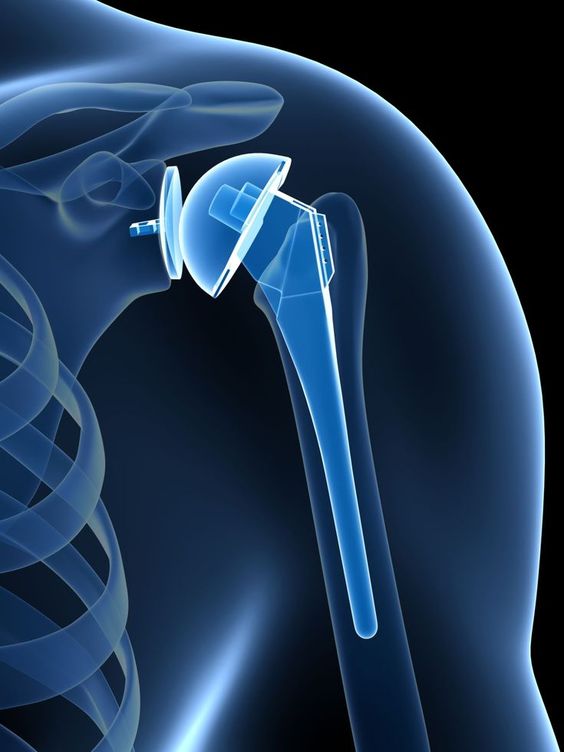Introduction
Joint replacement surgery is a common procedure that involves removing a damaged joint and replacing it with an artificial implant. This surgery is typically recommended for individuals with severe joint pain and disability that has not responded to non-surgical treatment options. The most commonly replaced joints are the hip and knee, but other joints such as the shoulder, ankle, and elbow can also be replaced.

The goal of joint replacement surgery is to relieve pain, improve mobility, and enhance overall quality of life. The procedure has a high success rate, with most patients experiencing significant improvement in their symptoms following surgery.
Reasons for Joint Replacement Surgery
The most common reason for joint replacement surgery is osteoarthritis, a degenerative joint disease that causes the cartilage cushioning the bones to wear down over time. This can lead to pain, stiffness, and inflammation. Other conditions that may necessitate joint replacement surgery include:
- Rheumatoid arthritis: An autoimmune disease that causes inflammation of the joints.
- Trauma: A severe fracture or other injury to the joint.
- Avascular necrosis: A condition that occurs when blood supply to the bone is disrupted, leading to bone death.
The Joint Replacement Procedure
Joint replacement surgery is typically performed under general anesthesia or regional anesthesia, which numbs the lower half of the body. During the procedure, the surgeon will make an incision over the affected joint and remove the damaged bone and cartilage. The artificial joint, made of metal, plastic, or ceramic components, is then implanted and secured to the existing bone.
After surgery, patients will need to stay in the hospital for several days for monitoring and pain management. Physical therapy plays a crucial role in the recovery process, helping patients regain strength, flexibility, and range of motion in the joint.
Risks and Complications
As with any surgical procedure, joint replacement surgery carries potential risks and complications. These can include:
- Infection
- Blood clots
- Nerve damage
- Implant loosening or wear
- Dislocation
- Fracture
Long-Term Outlook
Joint replacement surgery is a highly effective treatment option for individuals with severe joint pain and disability. With proper care and rehabilitation, most patients experience significant pain relief, improved mobility, and an enhanced quality of life. While artificial joints are designed to be durable, they may eventually need to be revised or replaced, especially in younger and more active individuals.

.jpg)